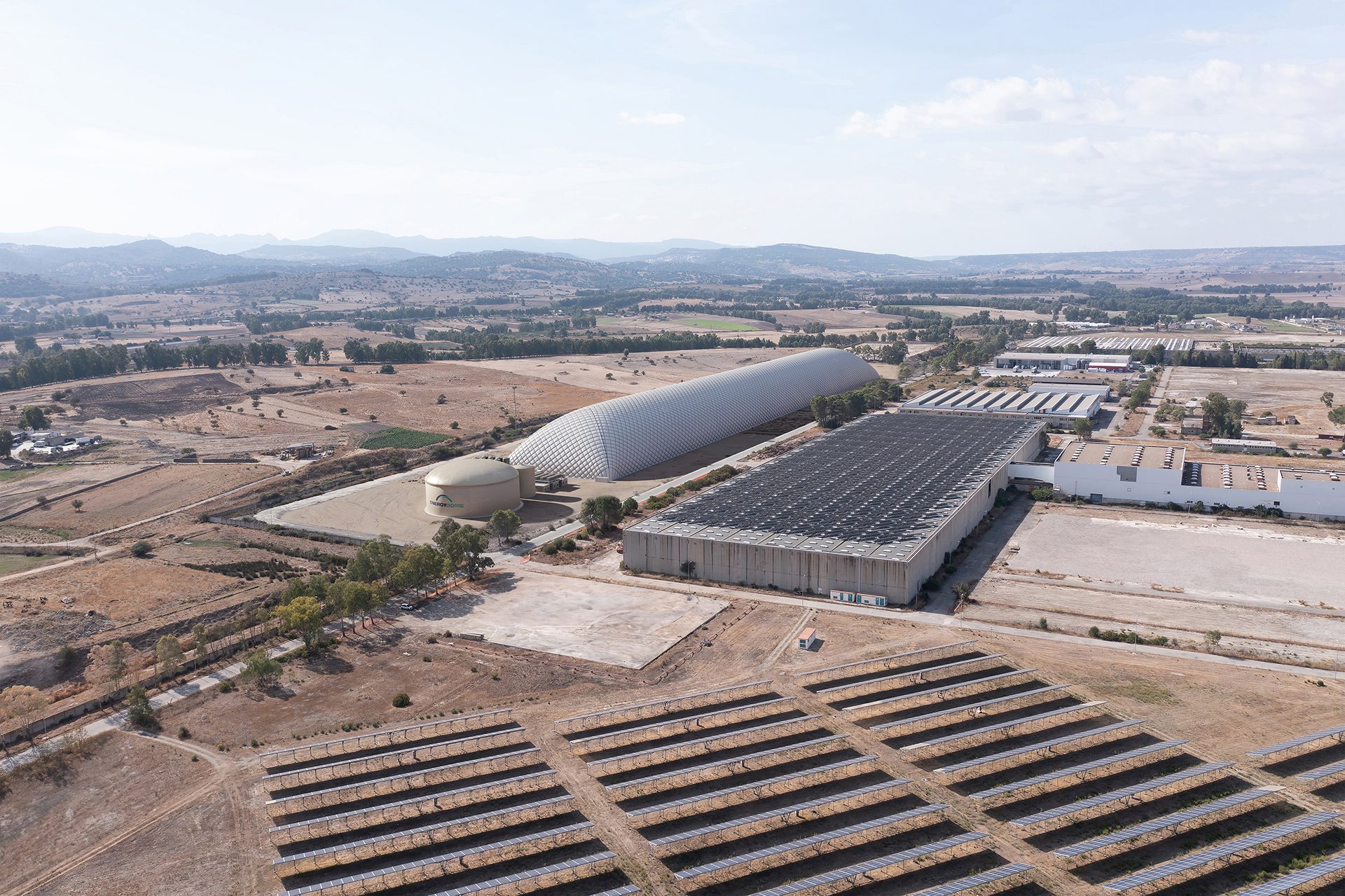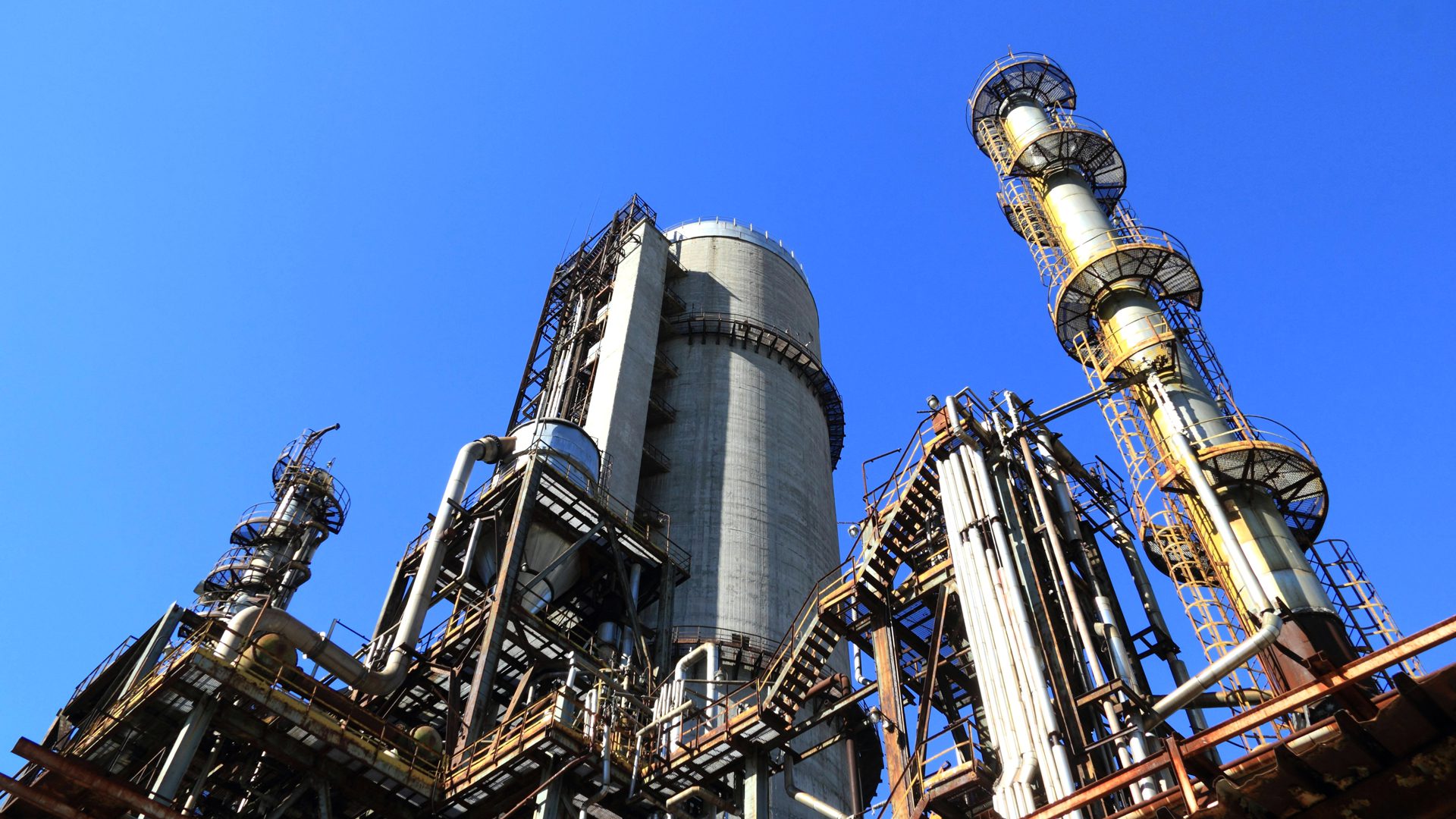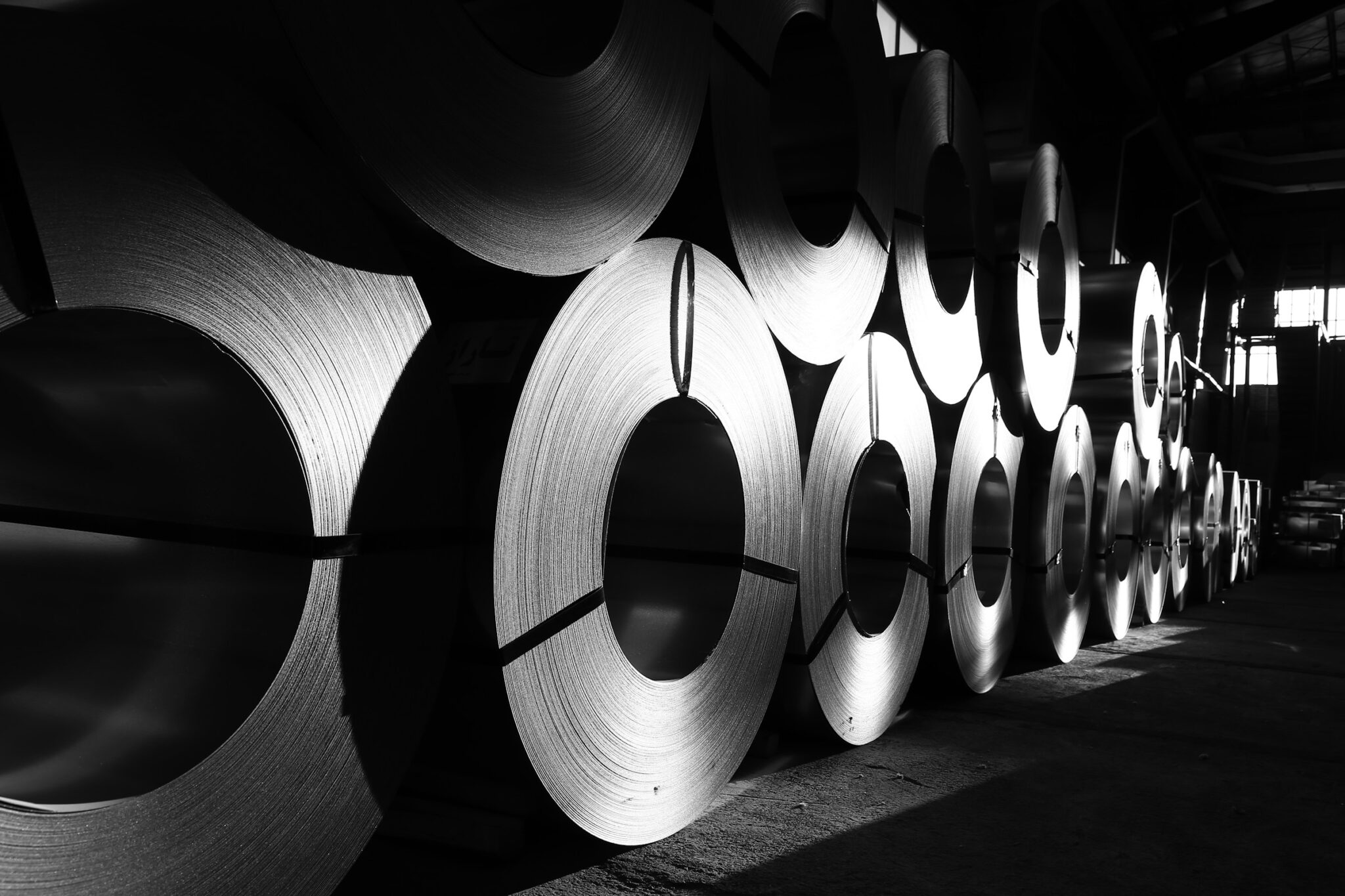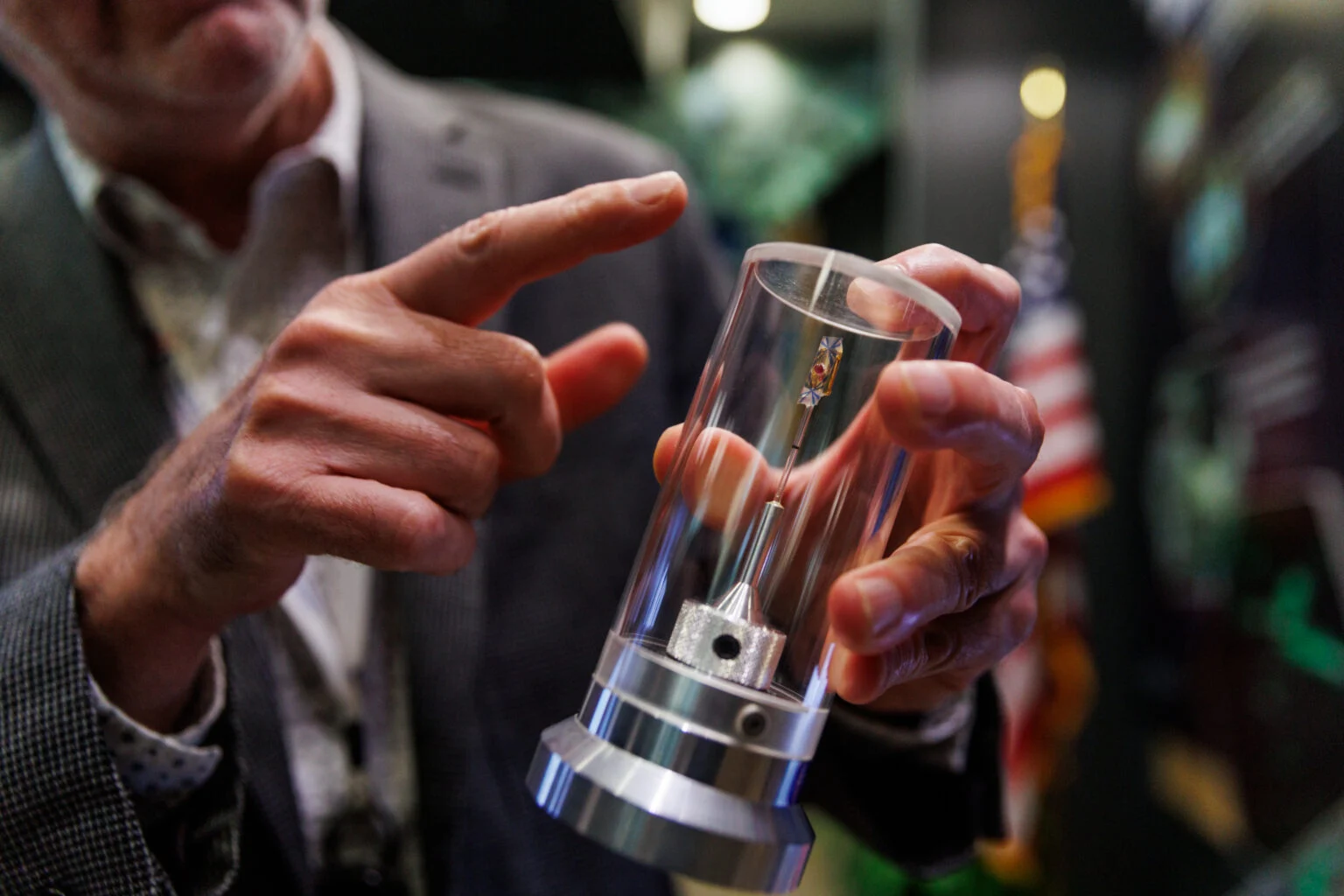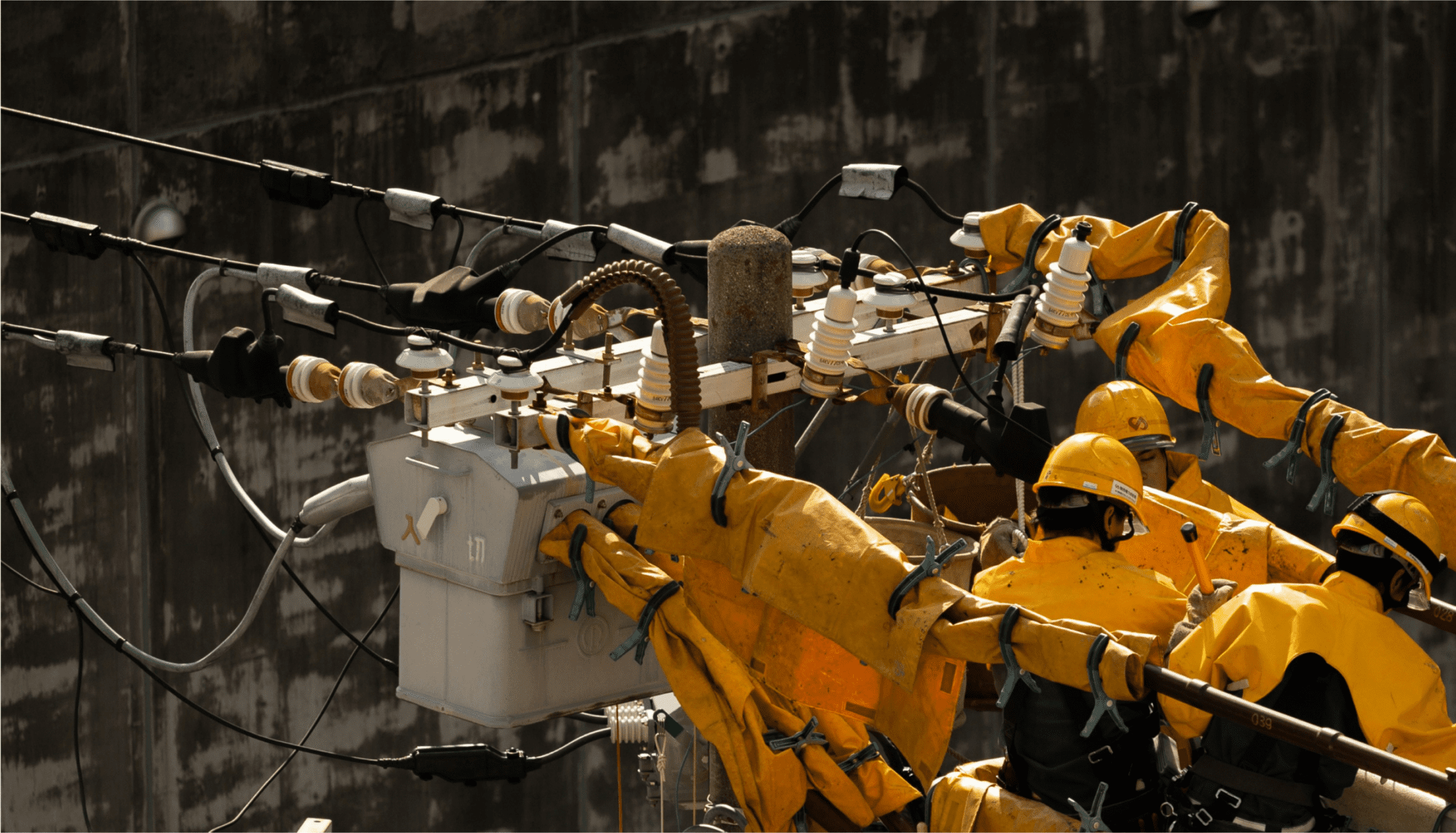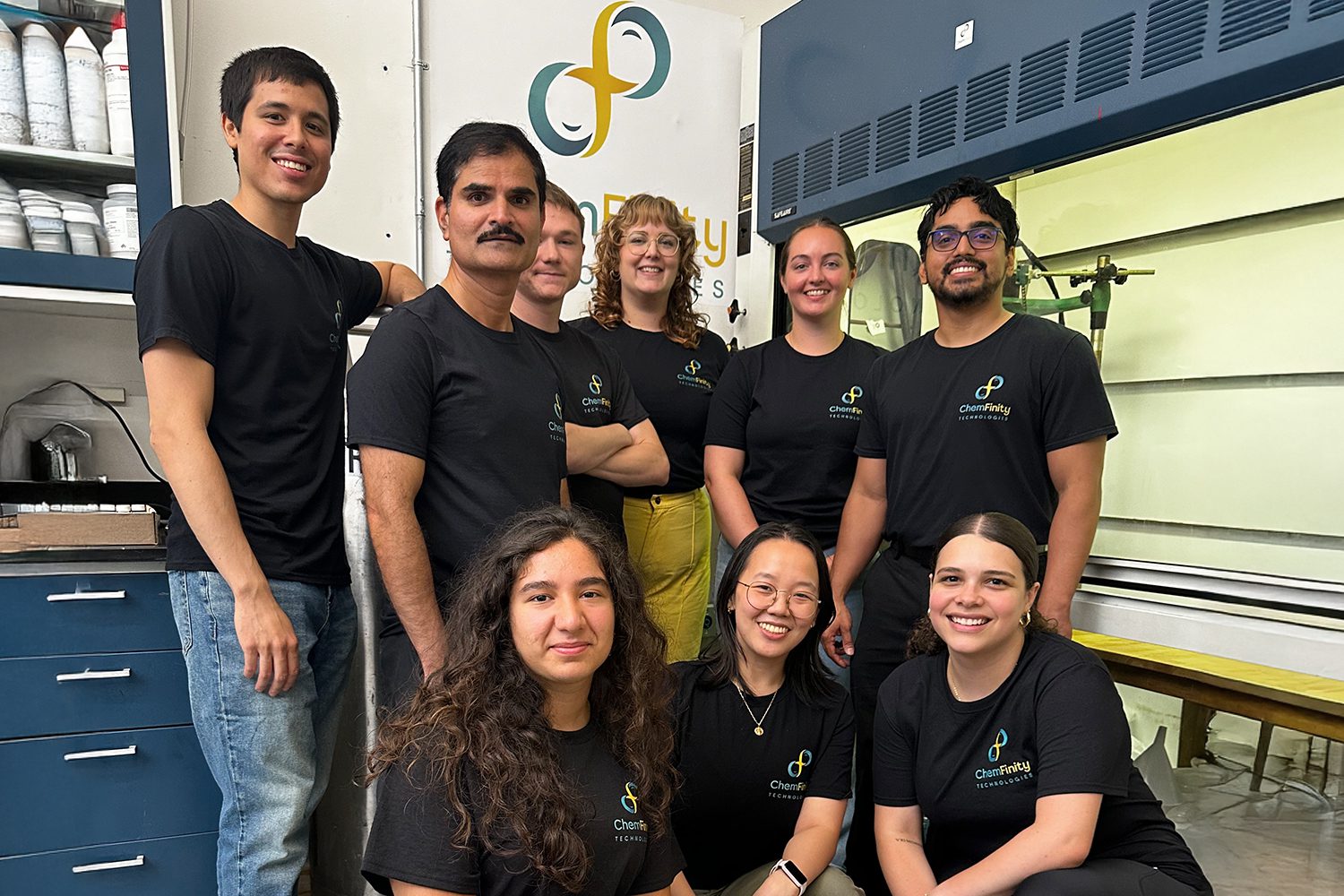The Draghi report, the much-awaited analysis of European competitiveness, was the talk of Brussels over the past month. The report set off alarm bells in European capitals as leaders come to terms with how far Europe has fallen behind with manufacturing, clean technology, and industrial competitiveness. All eyes will now be on the European Commission as it launches the Clean Industrial Deal in the first 100 days of its new mandate.
The Draghi report was a sobering reminder of what we at Breakthrough Energy have been saying for years: Europe needs to double down on commercialising innovation and scaling up clean technology development and manufacturing to avoid falling into deindustrialisation. This is a problem for emerging clean industries (like the electrolyser industry), incumbent clean industries (such as wind), and the incumbent energy-intensive industries (notably chemicals and steel). With this report, Europe has come to a consensus that there is a problem. The challenge is in how to solve it.
The Draghi report came with a recommended €800 billion a year investment to restore European competitiveness, setting off sticker shock in Brussels. While many threw their hands up in the air deeming the task impossible, I believe the opposite. It is possible to build a clean energy manufacturing future here in Europe and restore competitiveness, but the solution will not be found in Euros alone. Instead, we must fundamentally change how Europe approaches the business case for the clean technology transition.
Europe needs to press five acceleration buttons to scale up clean technologies faster:
- We need to start by addressing the whole point of technology development: demand and uptake by end-users. Far too many promising clean technologies in Europe have fallen victim to a lack of market demand, not because of product-market misfit, but because we have failed to create an environment where betting on these products makes economic sense, especially for first movers. The European Sustainable Aviation Fuel (SAF) blending mandate, which requires the airline industry to incorporate increasing levels of SAFs, could be a good blueprint. It unlocks demand signals that have been lacking in other sectors like shipping, cement, or steel – but even the SAF mandates need to be complemented by additional support measures (such as a contract for difference) to create sufficient market demand.
- We have to realign our regulation and trade policy to help European companies compete. Europe has imposed regulation after regulation on European companies while at the same time, we have kept our markets wide open for competitors who are not bound by these rules, nor our strict state aid regime. Adding more regulations does not create a market, drive demand, or create jobs. We are regulating our own companies to death before they can take off. Our regulatory approach needs to be better aligned with the unique nature of cleantech scale up, and we need to use trade tools to help our cleantech industries grow abroad and secure the feedstocks and materials they need.
- We need to incorporate more innovative financing methods to create shared risk. If we want Europe to succeed in the energy transition and strengthen its technological leadership in emerging cleantech markets, we need to embrace new ways of financing projects and companies, so that the burden is not solely the responsibility of the public or private sector. To do this we need to introduce financial mechanisms like public guarantees for high-risk, but high-potential clean tech projects, and create de-risking mechanisms to attract private investment. With Breakthrough Energy’s Catalyst program, we have been able to support the scale-up of projects like Energy Dome’s long duration energy storage project by sharing the risk across the European Investment Bank (EIB), the European Commission, and private funders. This is a blueprint Europe can build on.
- We must become ruthless in our evaluation of what is working and what is not. We need to understand which projects and approaches are not delivering and double down on the ones that are. And for those projects that are not materialising into final investment decisions (FIDs), we need to look hard at the bottlenecks and troubleshoot. The recent European Court of Auditors’ report on the barriers to green hydrogen deployment was a good start. Let’s be honest about our failures and learn from them.
- We should fix Europe’s burdensome and long permitting processes. Europe needs to build more renewables and cleantech manufacturing capacity faster – speed is critical – but doing so is going to require member states to resolve their internal permitting and licensing bottlenecks first. A permit is so much more than a bureaucratic document; it is the green light toward progress and right now too many projects are falling victim to messy and years-long permitting processes.
In addition to these changes, we also need to build up Europe’s foundations for the transition. One of the major reasons for the slow pace of the transition is the insufficient enabling infrastructure and the slow pace of its rollout. Restoring European competitiveness begins with building things like power grids, energy storage infrastructure, and CO2 pipelines to support the clean transition. Infrastructure is the responsibility of the public sector, and without it, the private sector cannot decarbonise.
Solving Europe’s competitiveness problem is going to require significant changes to how we scale up clean technologies – but as the Draghi report has made clear, the status quo is not an option. Europe needs more than just targets and ambitions; we need concrete solutions that become real projects – and we need them fast. If Europe does not change its approach now, it will lose its economic influence for generations.

